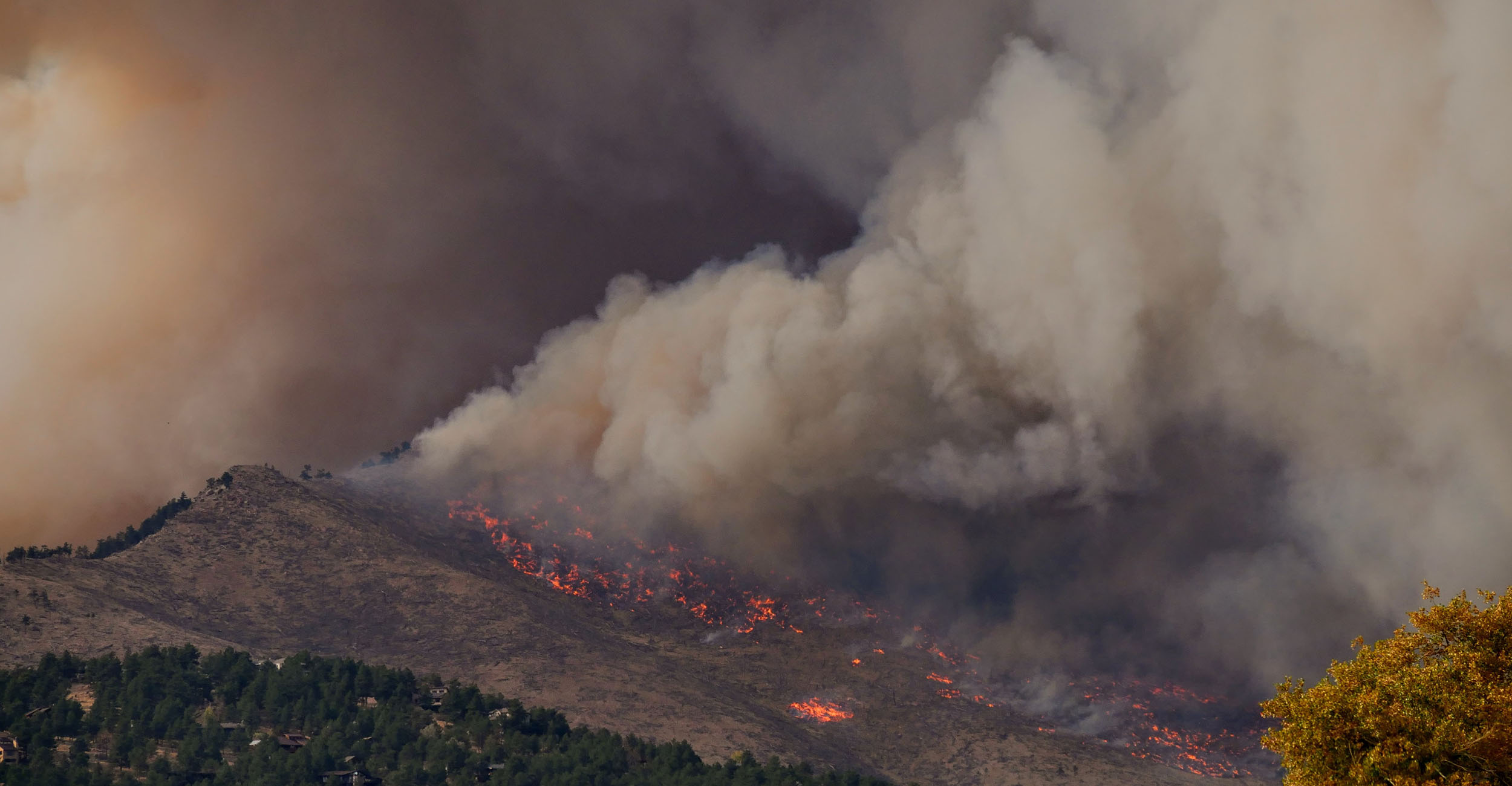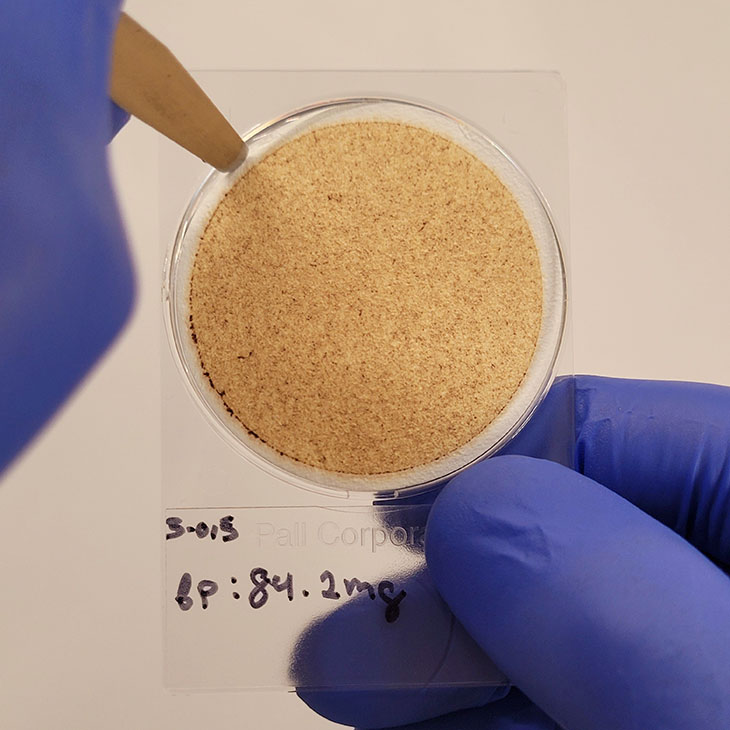
Studying the impact of smoke from wildfires
Thursday, October 20, 2022
Media Contact: Harrison Hill | Senior Research Communications Specialist | 405-744-5827 | harrison.c.hill@okstate.edu
In the tallgrass prairies of Oklahoma, wildfires are a natural part of the ecosystem. Across the nation and globe, their frequency and intensity are increasing, which makes understanding them more important than ever.
Researchers at Oklahoma State University are working to better understand the effects the smoke from those fires has on our climate and human health.
Dr. Elijah Schnitzler, assistant professor in the Department of Chemistry, recently had his work published in the Proceedings of the National Academy of Sciences of the United States of America, one of the most prestigious multidisciplinary research journals.

His work specifically focused on particles created from burning biomass — otherwise known as plant-based material.
When a wildfire tears through somewhere like the tallgrass prairies, it produces biomass burning organic aerosol (BBOA), which affects climate by absorbing and scattering solar radiation. Schnitzler’s team is working to understand this effect as wildfires become more prevalent.
To do this, he focused on the tiny particles in smoke that are produced by wildfires. Specifically, he is concentrating on what happens to smoke as it is transported downwind from the fire.
“These particles are composed of organic compounds and they are sensitive to reactions with ozone,” said Schnitzler, noting there can be changes to the composition of these particles as they travel.
While in the air, BBOA can react with oxidants in the air and change color — called whitening — which leads to less radiation absorption, he said.
“There are a lot of processes that influence their color — one of those is whitening where a chemical reaction bleaches the particles,” Schnitzler said. “But other effects like condensation of other species onto particles also influence their color.
“Hopefully we will be able to contribute with the larger research community to a comprehensive understanding of the lifetime of these particles. We hope to develop an integrated picture of how the particles are transported downwind with simultaneous chemical reactions.”
The article — “Rate of atmospheric brown carbon whitening governed by environmental conditions” — was co-authored with researchers from the University of Toronto, the University of British Columbia, and the Massachusetts Institute of Technology (MIT).
Schnitzler's research will lead to a regional and large-scale understanding of what might happen in areas where these particles travel to during and after a wildfire, he said.
“My experimental work was combined with work at British Columbia and MIT,” he said. “It is a really good example of how bringing experiments and modeling together can allow us to make more general conclusions."
